Taxonomy news
1. Crocidura narcondamica described from its namesake island in the Andamans. The island is remote but it has an endemic hornbill so there might be birding tours visiting it; it is also a popular scuba diving destination.
2. A proposal to split edible dormice of Iran (and small adjacent portions of Azerbaijan and Turkmenistan, where they are very rare) as Glis persicus. Said to be abundant in the montane forests along the Iranian coast of the Caspian Sea. I saw one near Kheshtali in 1988 but that’s near the Turkmenistan border and AFAIK you can’t go there legally.
3. A proposal to reshuffle the taxonomy of voles and lemmings based on mtDNA. Note that it’s only a preprint.
4. A new paper discusses the possibility that sub-Saharan crested porcupines might be a distinct species Hystrix galeata.
5. New paper on Nelsonia goldmani shows that it might be eventually split into 2-4 species.
6. Pteronotus incae should be treated as a subspecies of P. davyi.
7. Plecotus gaisleri and possibly P. teneriffae should be lumped with P. kolombatovici.
8. A new species Hypsugo stabbei described from western Mongolia. This is also a preprint. Interestingly, the proposed new species is named after one of the authors. I thought you couldn’t do that. The paper says it is very rare but I strongly suspect that I saw two of those bats flying around a street light in Hovd back in 1996. Update: a couple regional bat experts have expressed skepticism about the validity of the new species, saying that mtDNA is not informative for Hypsugo taxonomy.
9. Oligoryzomys guille described from Peru. Looks like this is the one you can see in Loma de Lachay. Update: I now have the PDF and it’s unclear which one is in Lomas de Lachay, but the ones in Pisco are certainly O. guille.
5 Comments
Leave a Reply
You must be logged in to post a comment.


Jim
A few months ago, I contacted Natalia Abramson, (one of the co-author of the vole paper) to warn her that the genus Agricola could not be used for one of the lineages, because this genus was already a valid genus of bird (Aves: Muscicapidae). Thus, the valid and available genus for this clade is Euarvicola